Smile lines – creases that form along the sides of the nose, as well as in the corners of the mouth – are a natural result of aging, becoming more prominent over time. But that doesn’t mean that everyone appreciates them, or that methods don’t exist to reduce their severity.
Treating smile lines is all about enhancing facial harmony and restoring the skin’s youthfulness rather than reversing the aging process. And while some people may turn to natural remedies, others will seek out more invasive, long-lasting approaches. Read on to learn about the most effective ways to treat smile lines in 2025.
Table of Contents
What are smile lines?
Facial skincare products global market value
Effective ways to treat smile lines
Conclusion
What are smile lines?
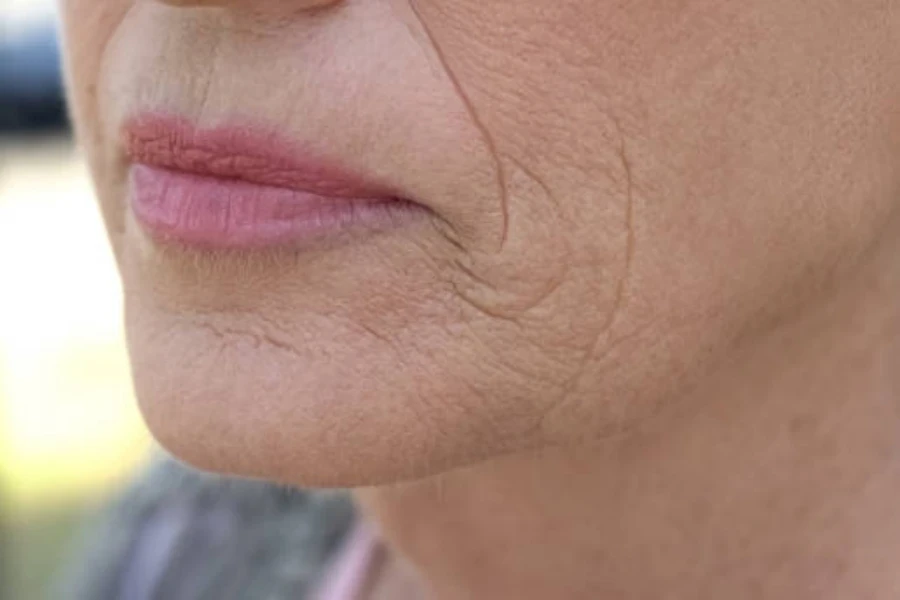
Smile lines, also referred to as nasolabial folds, appear either as creases or as lines along the sides of the nose and the corners of the mouth. They’re a natural form of aging associated with repetitive laughing and smiling. Over time, these expressions become more noticeable on the skin due to a decrease in skin elasticity and collagen levels.
As well as aging, factors such as lifestyle, skin exposure, and genetics can all contribute to the prominence of deep smile lines. They’re more noticeable in mature skin, but many people start to treat these lines long before they become prominent.
Facial skincare products global market value
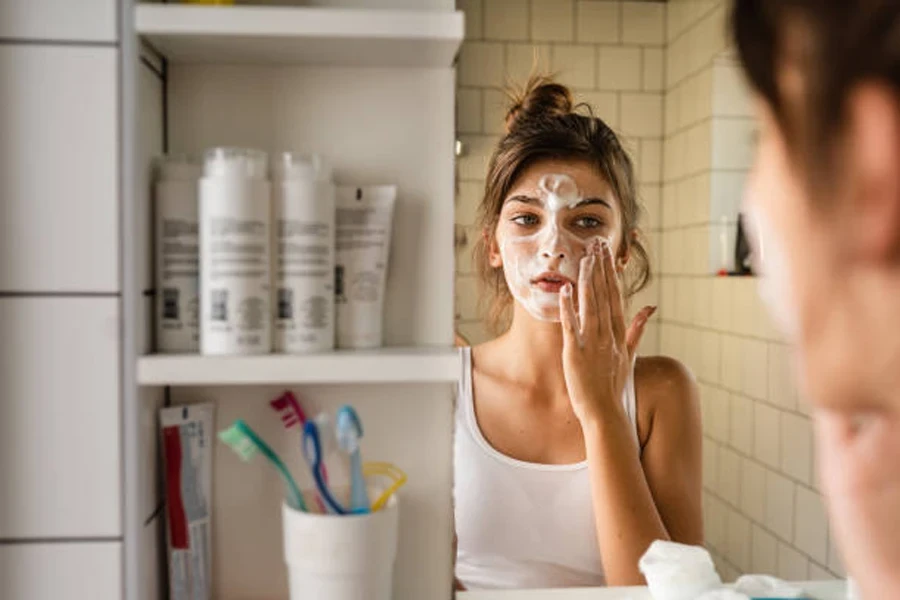
There are many facial skincare treatments now available on the market, catering to consumers of all ages, genders, and skin types. In recent years, the market has seen an increase in the number of consumers interested in natural skincare products that can help reduce wrinkles, such as laugh lines or other fine lines. This is partly the result of people being more aware of the importance of their overall health, as well as wanting to give the impression of healthy living.
By the end of 2023, the global market value of facial skincare reached USD 96.13 billion. This number is expected to rise by a compound annual growth rate (CAGR) of at least 5.84% between 2024 and 2033, bringing the total expected value to approximately USD 169.57 billion. The facial creams sector held the largest market share in 2023, sitting at 37%, and North America and Asia Pacific are expected to see the most growth in this market over the next decade.
Effective ways to treat smile lines
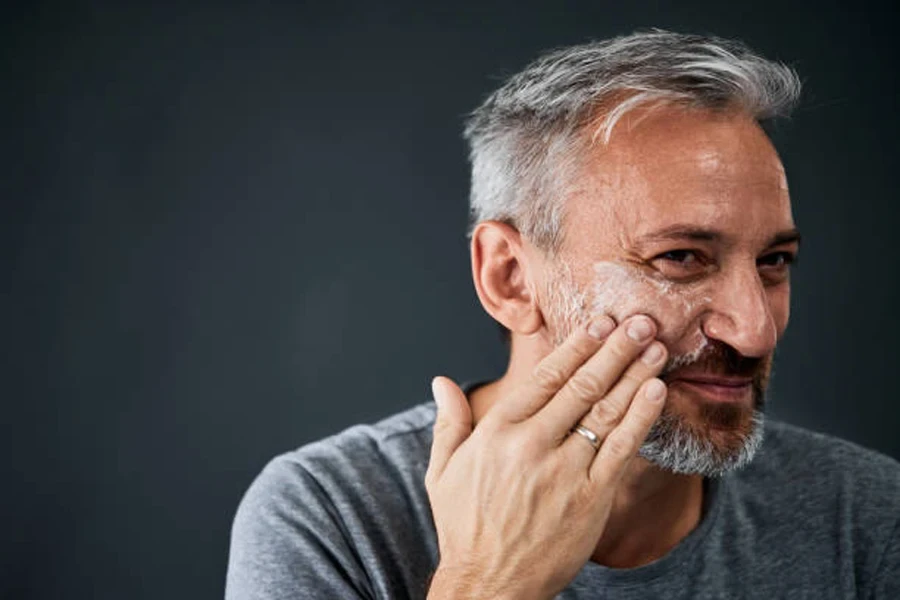
In recent years, the idea of adhering to skincare routines have grown in popularity. Many of these routines come as a result of the anti-aging industry bringing out more products that promote firm and youthful skin. Smile lines have become the latest target of the skincare industry, and there are now several ways that they can be treated, both at home and by professionals.
According to Google Ads, “smile lines” receives an average monthly search volume of 110,000, with most searches – 135,000 – appearing in February. For the remainder of the year, searches remain steady and don’t drop below 90,500 per month, demonstrating the concern consumers have when it comes to treating smile lines.
Google Ads also shows that the most searched-for treatments for smile lines are “retinoids” with 165,000 searches, followed by “dermal fillers” with 60,500 searches, and “RF microneedling” with 49,500 searches.
Keep reading to learn more about these different treatments for smile lines and why they’re valued in 2025.
Retinoids
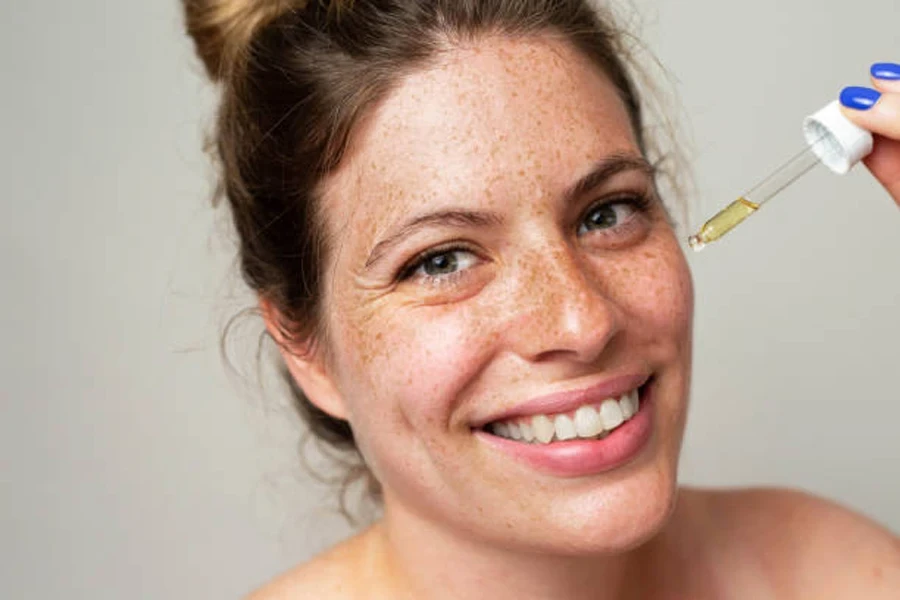
One of the most effective topical treatments for reducing smile lines is using retinoids. Retinoids are derived from vitamin A, and work by boosting collagen and accelerating cell turnover. This helps to firm the skin and smooth out lines and wrinkles. Retinoids also actively promote the shedding of dead skin cells, which encourages new growth and a more resilient skin texture. Retinoids need to be used regularly to see results, and take time to improve the skin’s texture and tone.
Retinoids should be introduced gradually to the skin to avoid irritation, so starting with a low concentration is recommended to allow the skin to adapt. Applying it a couple of times a week is a good place to start, with some consumers noting an initial redness or peeling. In order to protect the skin, pairing retinoids with a rich moisturizer as well as sunscreen is a must as the treatment can cause sun damage to the skin. Overall, the use of retinoids as part of a routine can significantly reduce smile lines and promote a youthful look.
Dermal fillers
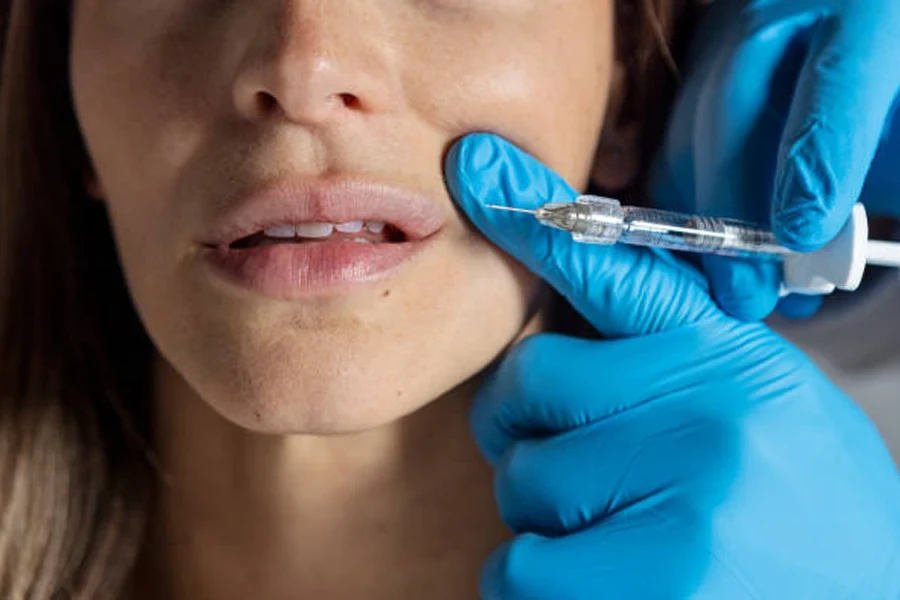
Another effective treatment for the appearance of smile lines is dermal fillers. These injectable fillers provide immediate results and are injected directly into the nasolabial folds to provide a more plump and smoothed-out look. The most popular dermal fillers are hyaluronic acid-based fillers such as Restylane and Juvederm, whose effects can last between six months to a year, depending on a person’s skin factors and the type of product used.
For a natural and safe look. While minimally invasive, it’s important to seek out a qualified professional to inject dermal fillers, as the procedure involves several small injections alongside a numbing agent to minimize discomfort. People may find bruising or swelling occurs after the injections, but these usually subside after a couple of days. Using dermal fillers is a great way to reduce smile lines for people looking for an immediate and non-surgical way to get a smoother complexion.
RF microneedling

Radio frequency (RF) microneedling is another great option for tightening skin and reducing smile lines. This procedure uses tiny needles to create controlled micro-injuries, which then prompts elastin and collagen production as the skin starts healing. Simultaneously, radio frequencies are used to heat deeper layers of the skin to enhance collagen remodeling. Combining radiofrequency and microneedling can help to reduce the appearance of smile lines and improve the texture of the skin over time.
This treatment only causes mild discomfort, which is managed using a topical numbing cream, so it’s often preferred to other methods. For optimal results, several sessions spaced out weeks apart are often required. RF microneedling is a proven and effective non-surgical approach to treating smile lines and can help promote long-term skin rejuvenation.
Conclusion
The use of retinoids, dermal fillers, and RF microneedling are three of the most popular ways to effectively treat smile lines without a full facelift or surgical procedures. They are minimally invasive and result in only light discomfort for a short period of time. However, it’s important to note that these treatment options aren’t a permanent solution.
In the coming years, the facial skincare market is expected to grow even more as the demand for smile line treatments and an emphasis on youthful appearances increase.




